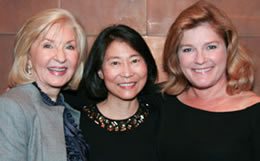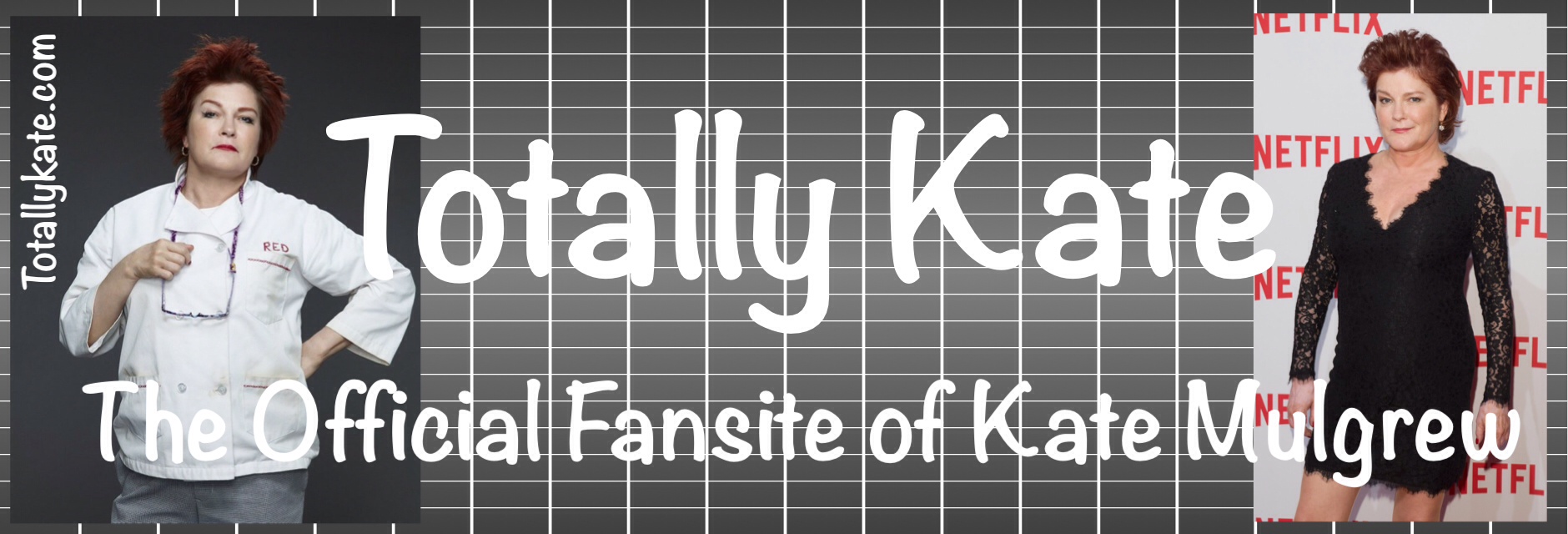| October 26, 2009
I understand that there are some very generous
and brilliant people here tonight. That puts me in rare and exalted company,
indeed, and makes me want to share secrets, the first one of which is this:
generous people are superior in almost every way. They are funnier than
non-generous people, they are more exciting than non-generous people, and
although it has not been officially documented, they are significantly
more attractive than non-generous people. This is because they know how
to live; which is not to suggest that they live with abandon, but that
they live with the knowledge that life is very precious and very short
and that, because of this awareness, they have reflected on how they would
like to die. And most of them have concluded that they would like to die
as they have lived—that is, excellently. They want to be remembered for
the lightness of their step, their personal acts of courage, the sweetness
of their love, their honesty, the swift catch of their laughter, their
familiarity with sadness and their mastery of joy.
Above all, they would like to be present
when they die—they would like to know that the time has come, is coming
fast now, and that in that final moment they will hear with the fullness
of their capacity the weeping of their loved ones, and feel with the last
whisper of warmth the touch of someone’s lips on their lips, and as all
of their breath and being recedes, they will know they are saying good-bye,
and then they will slip from this world with grace and will be mourned
for their beauty, and how they lived like true pilgrims.
My mother was a true pilgrim but she didn’t
know that when she died. She didn’t know that she had been orphaned at
the age of four and sent away to boarding school by her evil stepmother,
and that at this boarding school she would meet her best and most enduring
friend, Jean Kennedy Smith, who took her home and introduced her to her
brother Jack, who would one day break my mother’s heart, but in that moment
simply thrilled her with his devastating smile and declared, “You’re not
a Joan—you’re a Jiki!” And the nickname stuck. She didn’t know that she
had spent her entire life searching for the mother she had never had and
that her longing for love, so primitive and aching, would lead her into
the arms of my father, a decent enough fellow but an Irish-Catholic of
the naughtiest stripe—meaning of course, that within ten years she had
produced eight children. She didn’t know that two of these children had
died and that one of them had bled to death in her arms at the age of fourteen,
hemorrhaging through her eyes, where the brain tumor had lodged itself.
My mother didn’t know a great many things
when she died: She didn’t know that she had become a celebrated artist
and that her paintings hung in houses all over the world but always in
houses where people lived whom she had loved. When Mrs. Smith became Ambassador
to Ireland, she graced the walls of The Residence in Dublin with my mother’s
work and only now is sending them back to me, one by one, and always with
the same little note: “Dear Katy, Jiki did about fifteen paintings of two
women laughing and drinking and dancing. She called them DOUBLES—is that
because we were always doubled over?”
In the end, my mother knew nothing of her
untamed spirit, her maverick ways, her highly unconventional marriage.
She could not know that she once danced with my father in the kitchen,
in the moonlight, her elbow on his shoulder, chin propped in her hand,
laughing. Nor could she know that she danced with someone else, years later,
in the orchard, in the moonlight—but this time the embrace was very different,
and my mother was weeping. I know because I watched. I watched it all.
I watched as she sent her children into the world, always a gleeful good-bye,
and then a mad dash into her studio, where she was once again free to be
herself, to create. I watched when she welcomed us back home and felt a
secret, soaring pride when my mother ran into the lane as my car approached
and threw out her arms, shouting, “Kitten Kat Feathers of Joy!”
She did not know that her dinner parties
where pure magic, eyes sparkling in the candlelight, conversation cacophonous
and passionate. She played the piano, she cooked with flair, she walked
the woods in solitude collecting feathers, she read voraciously and very
early on renounced Roman Catholicism in favor of “Everythingness,” an idea
inspired by the Jewish mystic Baruch Spinoza. She was lithe and freckled
and unadorned and she loved Puccini, fat babies and cold beer.
After the Alzheimer’s came, she could not
know that spiders emerged from the floral wallpaper on her bedroom walls,
that she lay frozen in fear as they crawled down the walls and onto her
face. Nor could she know how brokenly she wept when I hid her car keys,
or how piteously she pleaded with me not to take away her independence,
her freedom, how she buried her face in her hands and ran from the room.
In the third year of her disease, she could
not know that she fell deeply in love with her youngest son, my brother
Sam—and that this epic, unrequited love would sear and pierce her heart
for two more years, until one day, after she had fallen, Sam bent to help
her up and she looked at him for a long time and said, finally, “Do I know
you?”
She could not know that, one by one and
in no particular order, she forgot each one of us, and took to calling
her husband Señor, which is how the caregiver addressed my father.
She could not know that she asked me, after
one of her more harrowing hallucinations, to help her out of the ever-thickening
darkness—and I tried, I really tried, but when the moment came I could
not bear to let my mother go.
No, she could not and did not know how
shadows fell across our once ebullient family, fracturing solidarity, tempers
flaring in furious incomprehension, hearts breaking in mute despair. None
of us knew how to watch this woman disappear, her features slowly masked
with blankness, her supple body rigid and wooden, her absolute vividness
stamped out, crushed by the heavy fog of her disease.
Certainly, she did not know that my father,
after seven years of willful denial—(not HIS wife goddamit, not his darling
Jiki)—visited his own doctor and was told that he was full of cancer and
better get some chemo and radiation. Dad decided to have some drinks instead,
then he climbed the long staircase to his bed, and died there two weeks
later. Mother could not have known that she sat by his deathbed humming
and smiling and plucking at his hair.
She did not know that all of her children
and all of her grandchildren were at her bedside when she died—there was
my son Alec, who had inherited the artist’s gene from his grandmother,
and painted “big” in bold and brilliant colors, and longed to be great
at his craft, if only he could live long enough, and, like Goya, scrawl
on the back of his last painting, “I am still learning.” If only.
But I am facing a roomful of generous and
brilliant people, all of whom, I am sure, want to live long enough to say,
“I am still learning.”
You know, my mother loved generous people
and often said she valued the trait of generosity above all others. Once,
when we were walking in the deep timberland of my childhood home, she reached
out her arms and said, “Take it from Nature—she squanders nothing and yet
she gives without condition. And you should do the same, Kitten—if it’s
worth it, really worth it, give it all away.”
I laughed, but when I looked up to catch
her eye, she was gone. |

